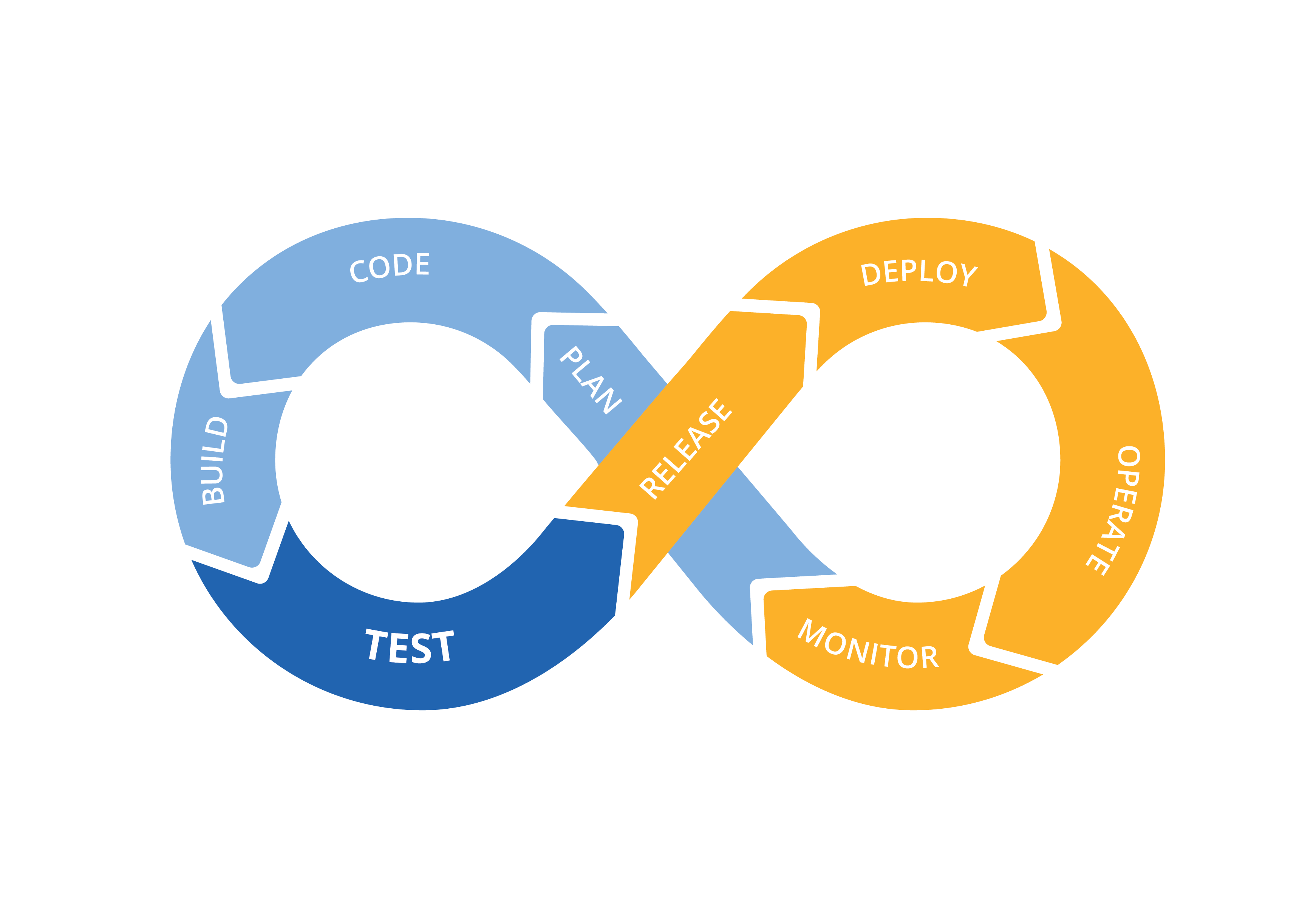Use-Case Scenario of Adopting DevOps CI/CD Implementation
Company Overview: Imagine a software development company called "Company A," which creates innovative web and mobile applications for various clients. They have multiple development teams working on different projects simultaneously. Before adopting DevOps CI/CD, Company A faced challenges in coordinating development efforts, ensuring code quality, and delivering software updates quickly to meet clients' demands.
Use-Case Scenario: Implementing DevOps CI/CD
1. Initial Setup: Company A decides to adopt DevOps CI/CD to streamline their development process and enhance software delivery. The first step is to set up the necessary infrastructure and tools:
-
Version Control System (VCS): They choose a distributed VCS like Git to manage code versioning and collaboration effectively.
-
Continuous Integration Server: They deploy a CI server, such as Jenkins or GitLab CI/CD, which will automate the build and test process whenever new code is pushed to the repository.
-
Automated Testing Framework: Company A selects a testing framework to automate unit tests, integration tests, and end-to-end tests for their applications.
2. Integration of CI/CD with Version Control: The development teams integrate the CI/CD pipelines with the version control system. Whenever a developer pushes new code to the repository, the CI server automatically triggers the build and test process.
3. Automated Build and Testing: With CI in place, every code change triggers an automated build process. The CI server pulls the latest code from the repository, compiles it, and runs the automated test suite to ensure that new changes do not introduce any regressions or bugs.
4. Automated Code Review: To maintain code quality, Company A sets up automated code review tools integrated with the CI/CD pipeline. The tools check for code formatting, best practices, and potential security vulnerabilities.
5. Continuous Deployment: Once the code passes all tests and code reviews, the CI/CD pipeline triggers the deployment process. The application is automatically deployed to a staging environment where further testing and validation occur.
6. Automated Deployment Testing: Company A automates testing in the staging environment, including functional testing, performance testing, and user acceptance testing (UAT). This ensures that the application is ready for production deployment.
7. Production Deployment: After successful testing in the staging environment, the CI/CD pipeline deploys the application to the production environment automatically. This ensures a seamless and consistent deployment process.
8. Monitoring and Feedback Loop: Company A implements monitoring tools in the production environment to track application performance, user behavior, and any potential issues. Feedback from monitoring helps to further improve the application and make data-driven decisions.
Benefits of DevOps CI/CD Adoption:
-
Faster Software Delivery: By automating the build, test, and deployment process, Company A can release new features and updates more frequently, keeping up with client demands.
-
Higher Code Quality: Automated testing and code reviews ensure that only high-quality code reaches the production environment, reducing the chances of bugs and errors.
-
Improved Collaboration: DevOps CI/CD encourages collaboration between development, testing, and operations teams, fostering a culture of shared responsibility.
-
Increased Efficiency: Automation eliminates manual, repetitive tasks, allowing developers to focus on coding and innovation.
-
Reduced Time to Detect and Resolve Issues: Continuous monitoring and automated alerts enable faster detection and resolution of production issues, minimizing downtime.
-
Better Customer Satisfaction: With quicker releases and improved quality, Company A can meet customer expectations more effectively.
In summary, adopting DevOps CI/CD enables Company A to deliver software more efficiently, maintain high code quality, and respond to customer needs rapidly, making them more competitive in the fast-paced software industry.

